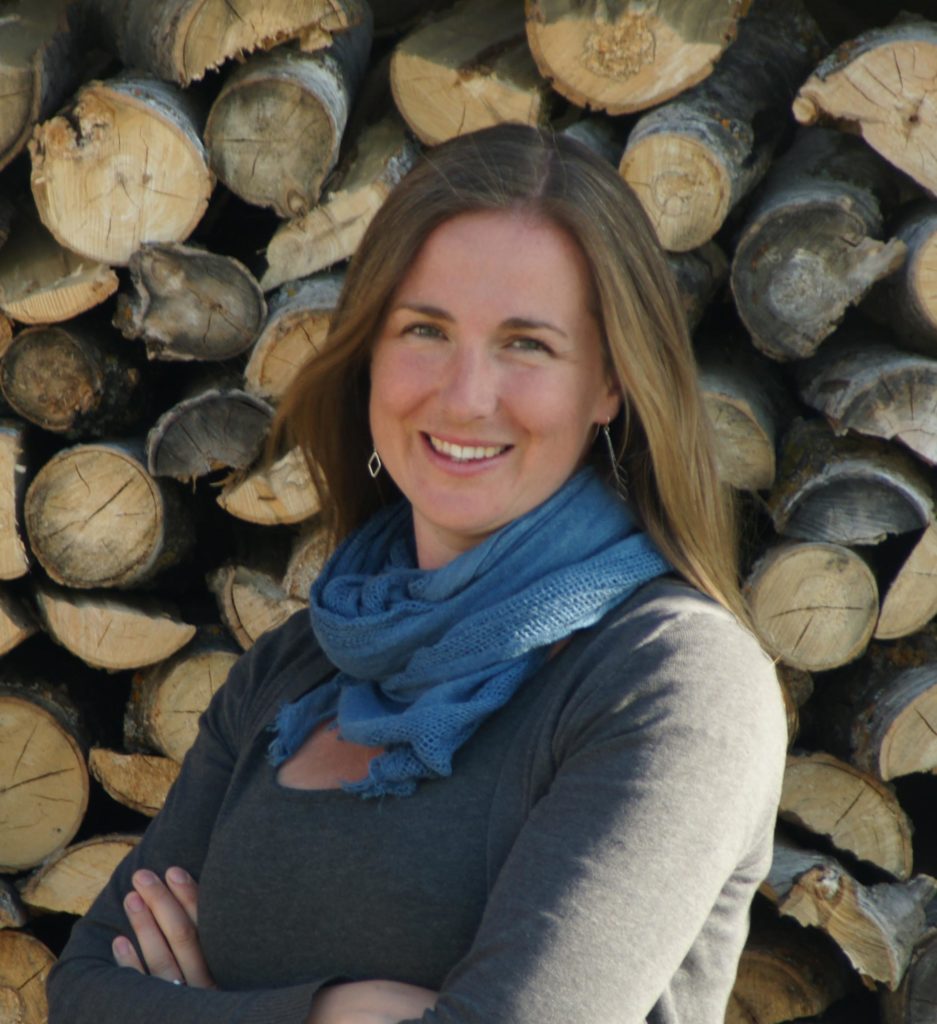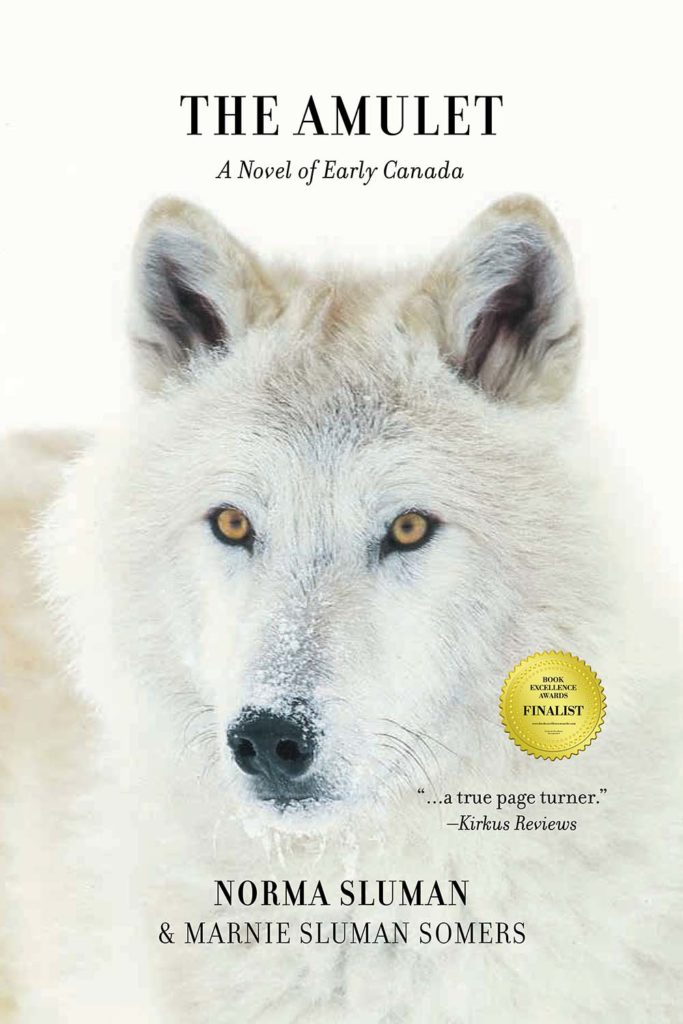Where are we? When are we? Sounds like something out of a sci-fi novel right? Or maybe an episode of Dr. Who? But actually that’s me, muttering under my breath as I run through a scene I’m rewriting. The truth is I spend just as much time puzzling through the wheres and whens of a story as I do puzzling through the characters, the dialogue, and all those other things that make a story sparkle. Because I know that space and time are essential elements of storytelling.
If you’re not considering space and time you’re probably getting them wrong.
If you’re not considering space and time you’re probably getting them wrong. At best you’re wasting an opportunity to shape how your readers experience the story you’re telling. The moments in time you choose to show and the perspective they’re seen from are what make your story truly unique. Those choices are where the magic lives.
So let’s talk practicalities, how do you use space and time to tell your story in a way that makes it memorable and unique?
Choose Your Scenes Carefully
First let’s be clear, plot and scenes are two different things. As an editor I’ve spoken to lots of authors who don’t know the difference. If I suggest they take out a scene they panic because there’s some essential part of the story that happens in that scene. But here’s the thing, when we take out a scene that part of the story doesn’t disappear. When we take out that scene we now have the opportunity to show that part of the story to the readers in a different scene, in a different way.
Here’s a story truth: No matter what you do to your scenes your story stays the same underneath. When you choose your scenes you choose the windows, cracks, and keyholes the reader peeps through to see the story. You get to choose how and when they see the story—which things they see first, which things they see more often, which things they don’t see until the last minute. Those choices are what make your story intriguing, pulse-pounding, or heartwarming. Or, if you don’t choose carefully, they can make your story bland and uninteresting.
Things to Consider When Choosing Your Scenes
What Do You Want Your Reader to Know?
This idea makes the most sense if you imagine writing a murder mystery. Let’s say that in our story a grumpy businessman is killed by his girlfriend’s ex-boyfriend in a fit of jealous rage. Then our main character a savvy and chic police detective spends the rest of the book investigating the crime and catching the murderer. How interesting would the story be for your readers if the first scene they read showed them exactly what happened and why? This moment is one of the first things that happens in the story but that doesn’t mean your readers need to see it.
Don’t tell the whole story. Only tell the parts that show your reader the things you want them to know.
Sometimes writers think that this rule only applies to mysteries. That simply isn’t true. In a memoir, the plot is decided for you but that doesn’t mean your scenes have to proceed in order, nor does it mean you need to show your readers every single thing that happens. Choosing your scenes is just as crucial in a memoir as it is in a murder mystery. Every act of writing is creative and as a writer you get to choose how your readers experience the story you are telling.
How Do You Want Your Reader to Feel?
The scenes you choose to write have a powerful impact on how your reader feels about your plot and characters. Here’s an example: Imagine that the main character in your story is sexually assaulted. That moment is part of the story but you choose the scene in which your readers learn about the assault. The choice you make changes how your reader feels about the character and the assault.
You could:
- Write a scene of her attacker gloating to a friend about what he did and how he got away with it which would likely make your readers feel angry and see your character as a victim.
- Write a scene of her trying to pull herself back together afterward which would make your readers feel her pain and violation more personally.
- Write a scene of her mother finding out what happened from a police detective who is investigating the assault which would emphasize the larger impact of the assault and cause readers to identify more with her mother than with the character herself.
- Write the scene where the assault actually happens which would likely be deeply disturbing for your readers and cause them to feel violated themselves.
The scene you choose to write doesn’t change what actually happens in the story but it does change how your readers feel about what happens.
What Do You Want to Emphasize?
What is your story actually about? The same plot, a story about two friends who climb a mountain together and meet a bear, could be a love story, a coming of age story, a story about healing from trauma. The plot doesn’t tell us what the story is about, the scenes you choose do. The scenes you choose emphasize the characters, themes, and moments that matter to the story you want to tell.
This Week’s Assignment:
Choose a simple plot (you can borrow one from a book or movie if you want). Experiment with mapping out the scenes differently to see what happens to the story. Be wild and innovative. Try the unexpected. What happens to the story if you leave out an important scene near the beginning? What happens if you present the scenes in a different order? What happens if the main character is never in any of the scenes at all?
Let me know how it goes! And I’ll be back next week talking about more superpowers for writers.
I’m writing with you,
Laurie
Banner Photo by Keenan Constance on Unsplash

Laurie MacNevin, HF Associate Editor
Laurie is an editor, writer, and researcher. Her deep love of stories led to an Honours degree and a Master’s degree in English Language and Literature from the University of Windsor. Originally from Southern Ontario, Laurie has lived in Manitoba for more than ten years, exploring the stories, landscape, plants, and people of some of the most remote parts of the province including three years in Churchill and two years in God’s Lake Narrows First Nation. Laurie and her family now live on an acreage outside of Carberry.



